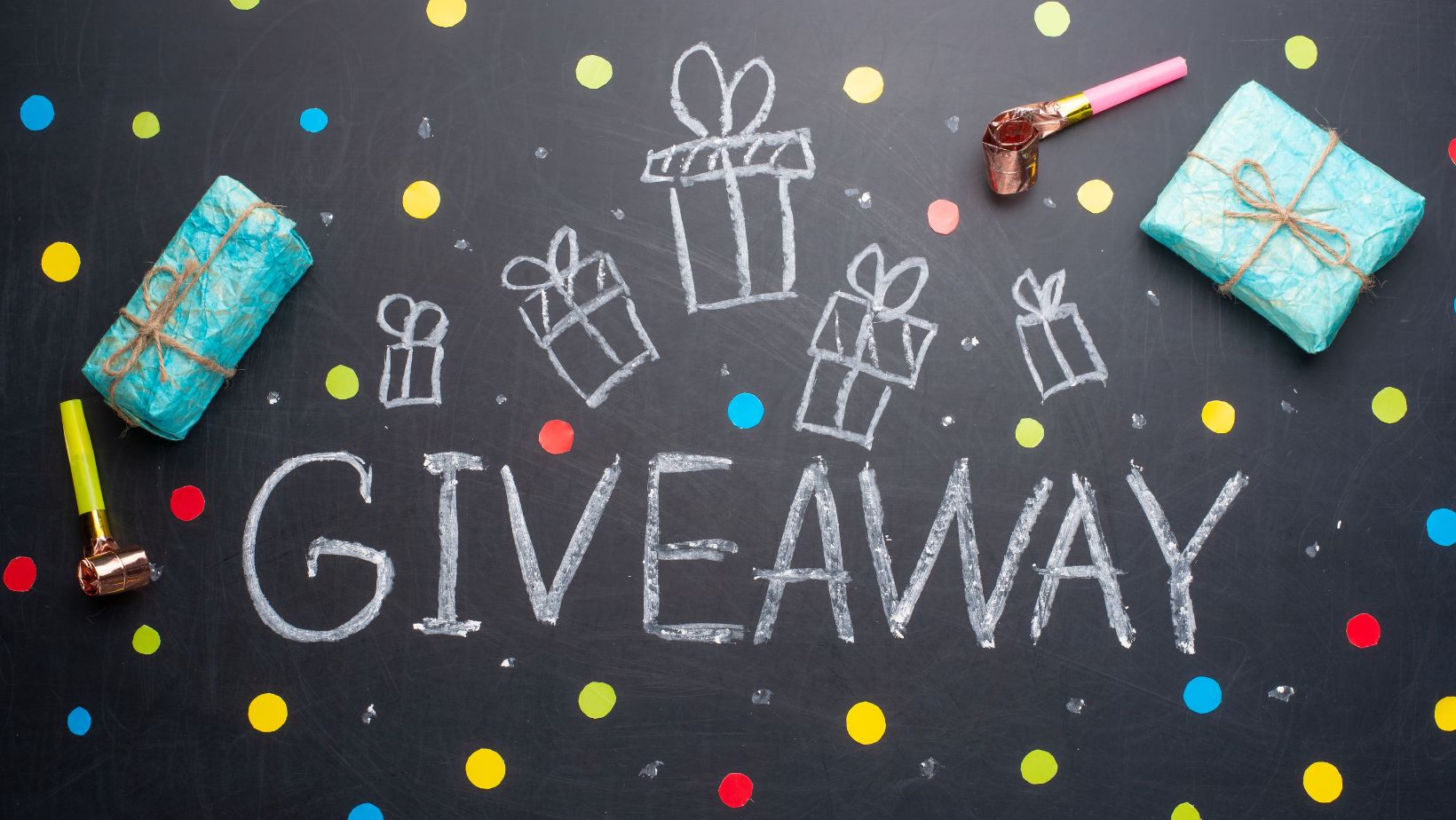What Expert Care for Kids Smiles Means When You Find a Pediatric Dentist A child’s smile is the essence of who they are, it can’t be overstated and should be preserved healthfully now until they can maintain it in adulthood. That care will begin with early dental visits before teeth have had a chance to make their presence known. This may sound simple, but a small child can initially find the clinic’s atmosphere intimidating with its strange noises and the exam tools lying around … [Read more...]
WANT STRONGER TEETH WITHOUT FLUORIDE? HERE IS WHY YOUR FAMILY SHOULD CONSIDER HYDROXYAPATITE TOOTHPASTE
There’s a more modern and milder version of toothpaste that is rapidly gaining popularity among both parents and dentists: hydroxyapatite toothpaste. Hydroxyapatite is a mineral that occurs naturally. It constitutes approximately 97% of your tooth enamel and 70% of your dentin. Dentally speaking, that is what your teeth consist of. The scientists worked out how to make this mineral synthetically and add it to your toothpaste. Therefore, it can bond to your teeth, repair and strengthen them … [Read more...]
The Path to Better Health: Tips for Boosting Your Wellness and Overall Well-Being
More people today are looking for ways to feel better, think clearly, and stay energized throughout the day. Instead of waiting for things to go wrong, many are taking action early, making changes that support the way their body and mind work together. While movement, nutrition, and rest are essential, there’s growing interest in treatments that help correct the root causes of low energy, poor sleep, or mood swings, and for those seeking relaxation and therapeutic benefits, a session on … [Read more...]
Neurointerfaces: What Happens When the Mind Starts Typing
There was a time when the idea of controlling something just by thinking was reserved for movies or weird sci-fi books. But fast forward to now, and it’s not so far off. Brain-computer interfaces, also called neurointerfaces, are moving out of labs and into test programs, startups, and even some consumer devices. What’s surprising is that they’re not only being used in medicine. In fact, developers working on video games are already testing early versions where players can trigger actions by … [Read more...]
Unexpected Things That Can Make Your Baby Sick
As a parent, you probably do everything in your power to keep your baby safe and healthy. You wash bottles, sterilize pacifiers, and make sure your little one gets all the cuddles and rest they need. However, there are some surprising items around the house and in your daily life that could potentially make your baby sick. It can happen even when you think you are being cautious. We often overlook the unexpected sources of germs and illness because they seem so harmless. Everyday … [Read more...]
The Surprising Link Between Allergies and Sleep Struggles in Kids
If your child struggles to fall asleep, stay asleep, or wake up feeling rested, you’re not alone. Many parents chalk it up to too much screen time or bedtime resistance, but sometimes, the real culprit is one that’s hiding in plain sight: allergies. While most people associate allergies with sneezing and runny noses, they can also wreak havoc on your child’s ability to get deep, restful sleep. Chronic nasal congestion, mouth breathing, and even itchy skin can all make it harder for kids to … [Read more...]
Why Regular Primary Care Visits Keep Families Healthy
Consistent medical checkups help detect health issues early and support long-term wellness. Seeing a healthcare provider regularly gives you and your family a better chance of staying healthy year after year. These appointments often help catch problems early, keep long-term conditions under control, and give everyone a clearer picture of what’s going on with their bodies. Skipping out on them may seem harmless at first, but over the years, that gap can grow into something more serious. The … [Read more...]
How to Ensure the Safety and Wellbeing of Seniors Living Independently
Have you ever worried about an elderly loved one living alone? As parents, grandparents, or older relatives age, many prefer to remain in their own homes. This choice gives them comfort, independence, and dignity. However, living alone can come with certain risks—falls, forgetfulness, isolation, or health emergencies. That’s why their safety and wellbeing become top priorities. In Canada, supporting seniors who live alone has become a growing concern for many families. These challenges call for … [Read more...]
The Art of Rediscovering Yourself: Wellness, Balance, and a Bit of Bold Living
In a world where daily routines often run on autopilot — work, home, dinner, repeat — it’s easy to lose touch with who we really are beyond the obligations. Rediscovering yourself doesn't always mean a dramatic reinvention. Sometimes, it’s found in small, intentional acts that bring joy, challenge comfort zones, or simply remind you that your identity is ever-evolving. For some, that’s experimenting with new hobbies or exploring digital curiosities — platforms like Online Betting Sites show just … [Read more...]
The Benefits of Egg White Protein Supplements for Active Moms
Being an active mom is no small feat—between juggling school runs, work, and squeezing in a workout, you’re basically a superhero. But here’s the kicker: even superheroes need the right fuel. Enter egg white protein supplements—a lean, clean, and oh-so-convenient option that’s perfect for moms who want to stay fit, manage their weight, and feel their best. Let’s break down why this powerhouse protein is a game-changer for your busy life. Muscle Repair and Recovery Made Simple If you’re the mom … [Read more...]




























